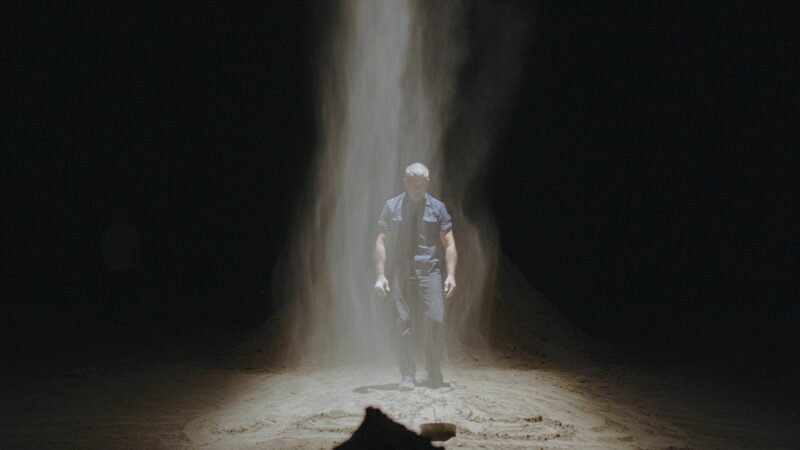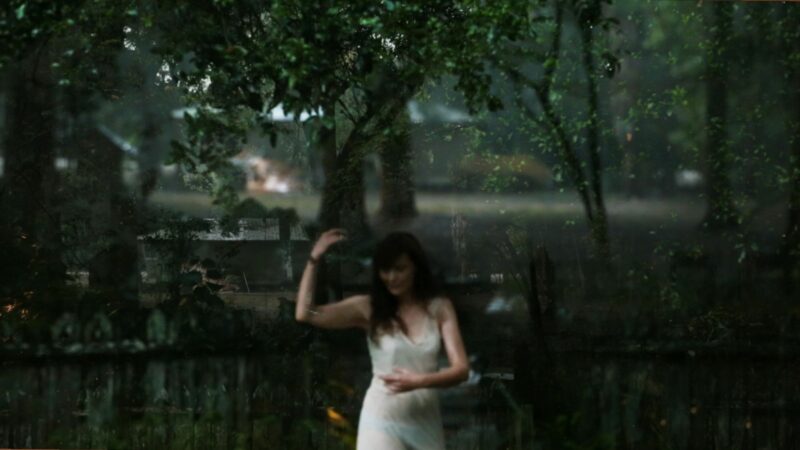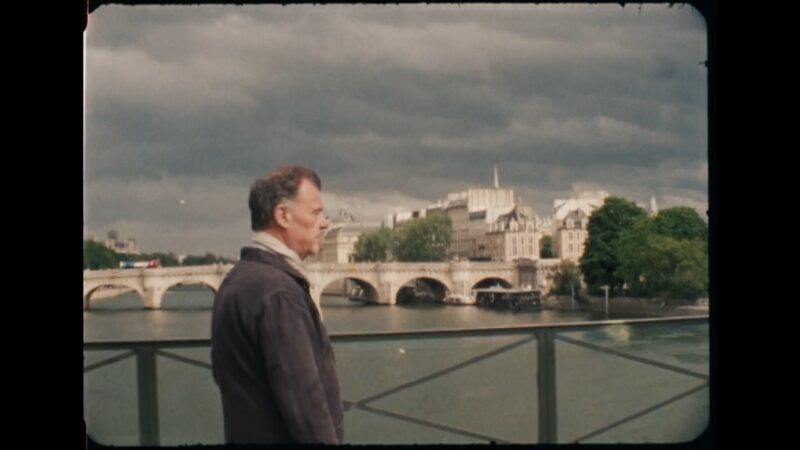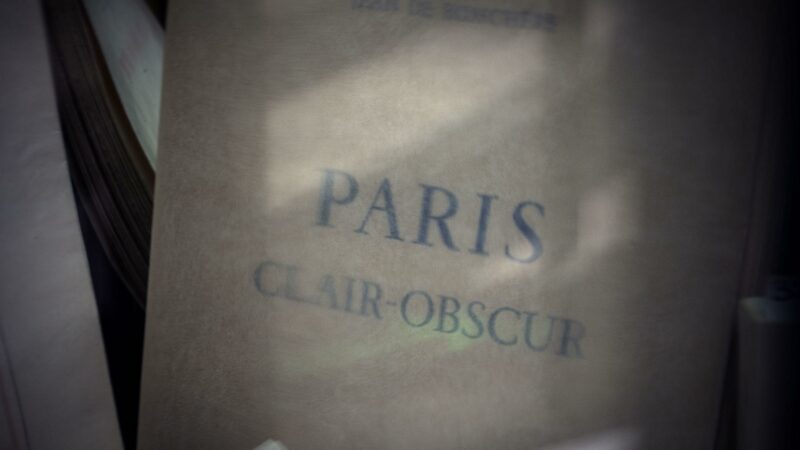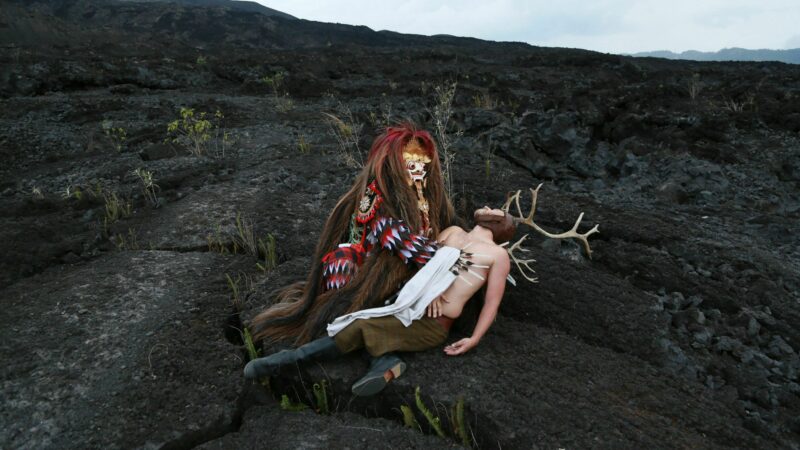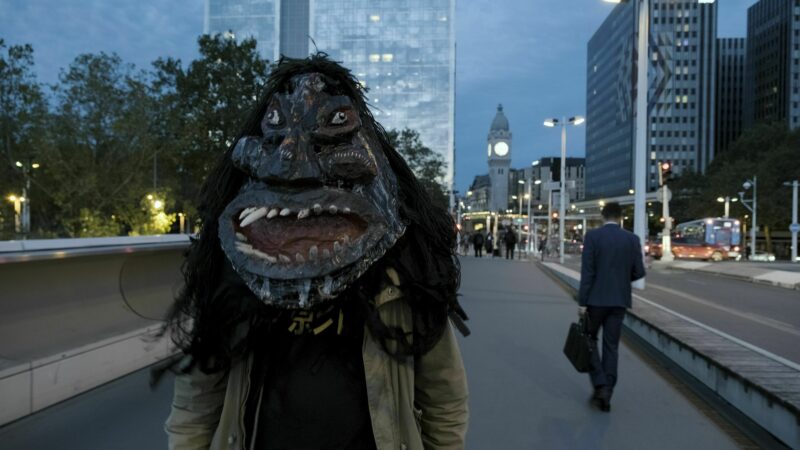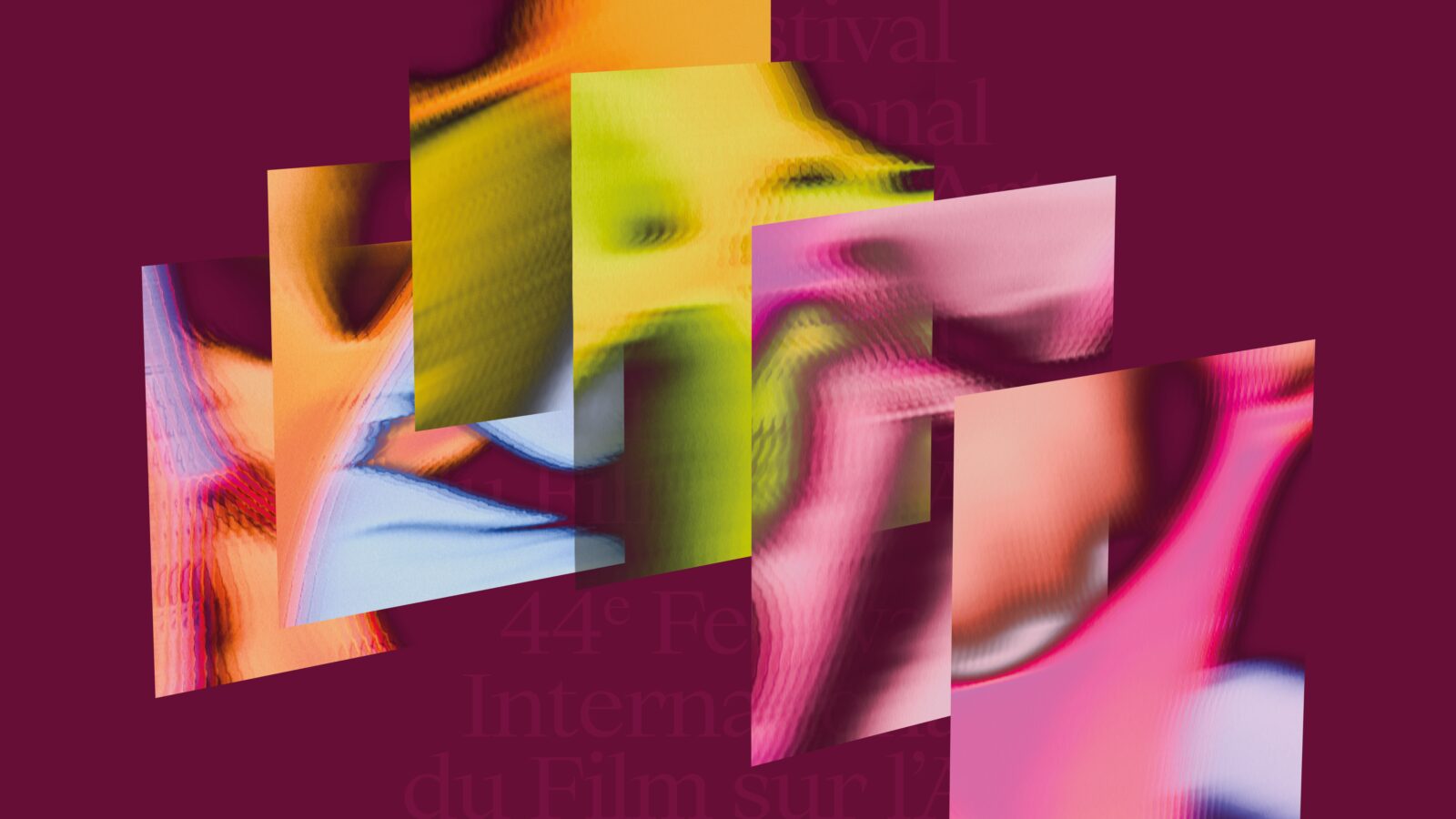
44th International Festival of Films on Art — March 12 to 29, 2026 —
44th International Festival of Films on Art — March 12 to 29, 2026 —

Major Partners

12.01.2025
Akeji, the Breath of the Mountain | Free on ARTS.FILM
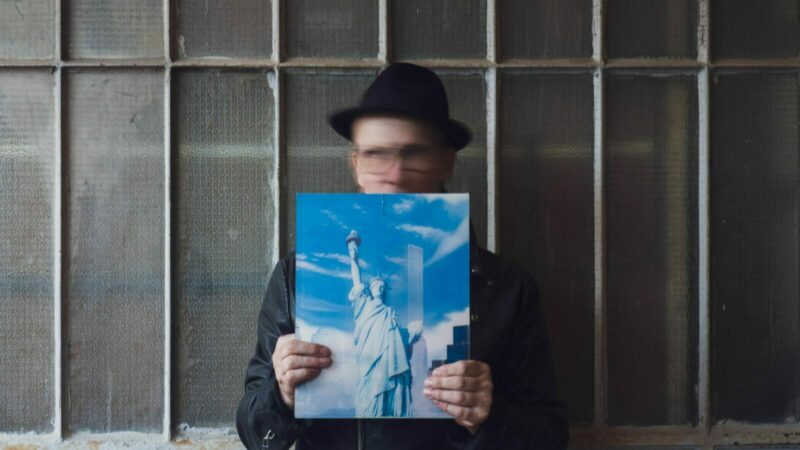
11.28.2025
When contemporary art goes off the rails | New collection on ARTS.FILM
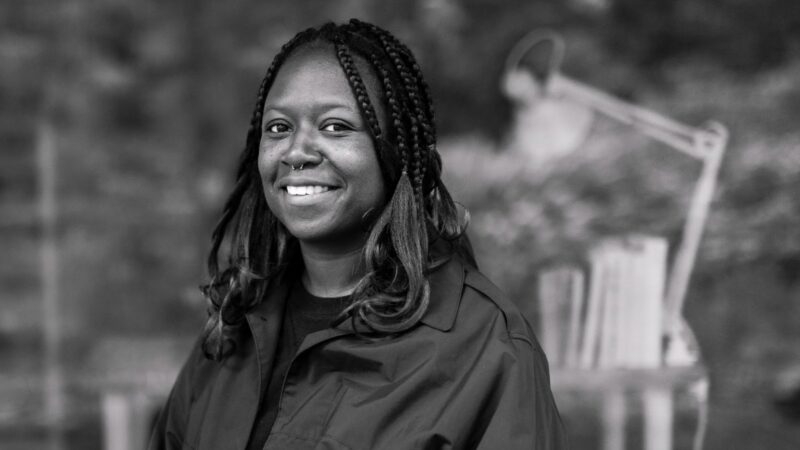
11.21.2025
Appointment to the programming team of the International Festival of Films on Art (Le FIFA)

11.19.2025
Le FIFA unveils the poster for its 44th edition and opens Montreal in theatres passports presale!

11.14.2025
X‑raying loneliness | New collection on ARTS.FILM

11.11.2025
Online benefit auction from November 27 to December 7

10.29.2025
FOCUS MEXICO | 7 free movies on ARTS.FILM from Oct. 31 to Nov. 30

10.22.2025
Philippe U. del DRAGO, winner of the 2025 SAMUEL DE CHAMPLAIN PRIZE

10.19.2025
WHEN ARCHITECTURE MEETS CINEMA

10.17.2025
The art of the selfie | New collection on ARTS.FILM

10.06.2025
The “Indigeneities of the Americas” programme at the Canadian Cultural Centre in Paris

10.03.2025
To Show Off at Parties|New collection on ARTS.FILM


Thursday, December 11
Thursday
December 11
7:00 p.m.
Ravel en mille éclats by François-René Martin et Gordon | Cinémathèque québécoise (Montréal, Canada)
Presented in collaboration with the Cinémathèque québécoise, this film offers a sensory tribute to the 150th anniversary of Maurice Ravel’s birth. Through music and imagery, it evokes the composer’s life while showcasing his greatest masterpieces. It also invites viewers to discover Ravel’s more private and lesser-known works, exploring a variety of musical forms and staging approaches.
Sunday, December 14
Sunday
December 14
ENNIO by Giuseppe Tornatore | Musée national des beaux-arts du Québec (Québec, Canada)
At the age of 8, Ennio Morricone dreamed of becoming a doctor. But his father decided that he would be a trumpet player, like himself. From the music conservatory to winning the Oscar for Best Composer, discover the journey of one of the greatest musicians of the 20th century.
Wednesday, December 17
Wednesday
December 17
7:00 p.m.
Who is the monster, you or me? by Peter Schamoni | Ciné-mercredis Niki at the Musée national des beaux-arts du Québec (Montreal, Canada)
Filmed at her home in San Diego, at her studio in Paris, and in Tuscany, Niki de Saint Phalle talks about her life, her work, and her collaboration with Jean Tinguely.
Wednesday, January 14
Wednesday
January 14
6:00 p.m.
Soundtrack to a Coup d’Etat by Johan Grimonprez | Musée McCord Stewart (Montréal, Canada)
The McCord Stewart Museum and FIFA invite you to a screening of To Catch a Dream and Soundtrack to a Coup d’État. This double feature is presented as part of the exhibition Africa Fashion






A
R
T
S
A
R
T
S
.
F
I
L
M
.
F
I
L
M
Anytime, anywhere in Canada : Discover films on art on ARTS.FILM, starting March 29th!





































